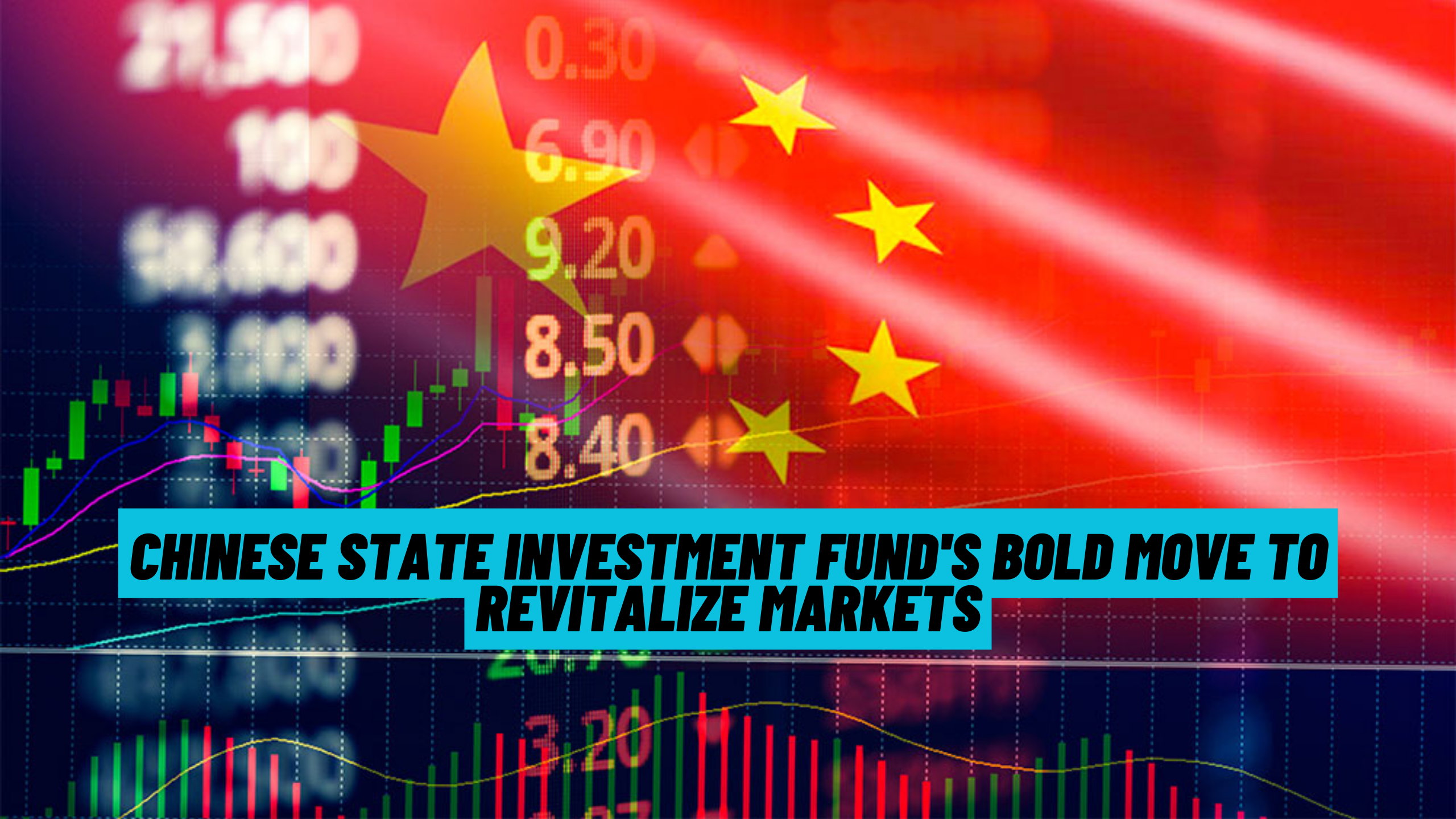In the dynamic world of finance, every move by major banks creates ripples across the market. Recently, CLSA, a renowned brokerage and investment bank, made headlines by downgrading HDFC Bank to ‘outperform,’ citing significant challenges in the deposits landscape. This article aims to delve into the details, providing insights into the reasons behind the downgrade, the implications for investors, and the broader context of the decision.
CLSA’s decision to downgrade HDFC Bank has sent shockwaves through the financial community. Known for its insightful analysis, CLSA’s move carries weight and warrants a closer examination.
CLSA, a global brokerage firm, has revised its rating on HDFC Bank stock from ‘buy’ to ‘outperform’ and reduced the target price from Rs 2,050 per share to Rs 1,650. This downgrade follows concerns raised by analysts regarding slow deposit mobilization and margin recovery.
HDFC Bank stands tall as one of India’s leading financial institutions, with a strong influence on the country’s economic landscape. Understanding its significance is crucial to comprehending the impact of CLSA’s recent move.
Reasons Behind the Downgrade
A. Analysis of Deposit Challenges
CLSA pointed to challenges in HDFC Bank’s deposit management as a primary reason for the downgrade. Unpacking this analysis reveals the intricacies of the bank’s current financial landscape.
B. Impact on Stock Price
The downgrade inevitably led to a shift in the stock price, leaving investors anxious. We explore the immediate repercussions and the factors influencing market sentiment.
C. CLSA’s Perspective on HDFC Bank’s Performance
CLSA’s evaluation of HDFC Bank’s overall performance provides a comprehensive perspective on the bank’s strengths and weaknesses.
CLSA’s Recommendations
A. Insights on ‘Outperform’ Rating
Despite the downgrade, CLSA maintains an ‘outperform’ rating for HDFC Bank. We unpack the rationale behind this nuanced perspective and its implications for investors.
B. Potential Strategies for Investors
Investors seeking guidance will find valuable insights into potential strategies recommended by CLSA to navigate the current scenario.
HDFC Bank’s Response
A. Official Statements
HDFC Bank’s official statements in response to the downgrade offer a glimpse into the bank’s perspective and its commitment to addressing the challenges.
B. Actions Taken in Response to the Downgrade
Exploring the proactive measures taken by HDFC Bank post-downgrade sheds light on the bank’s resilience and adaptability in the face of challenges.
Quick Review:
Q1: Why did CLSA downgrade HDFC Bank?
A1: CLSA downgraded HDFC Bank due to concerns related to sluggish deposit mobilization and margin recovery.
Q2: What is the revised rating given by CLSA?
A2: CLSA revised the rating from ‘buy’ to ‘outperform’ for HDFC Bank.
Q3: How much was the target price reduced?
A3: The target price was slashed from Rs 2,050 per share to Rs 1,650 per share by CLSA.



